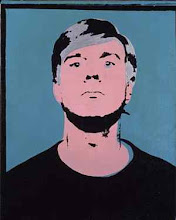 |
| Patrick Keiller, still from Robinson in Space, 1997 |
In these film-essays, the fictional, unseen scholar Robinson and his companion, the ‘narrator’ … undertake journeys around England. In each film, these rogue flâneurs set out to study a particular ‘problem', which leads to meditations on the failings of capitalism, economic, environmental and cultural decline, the post-industrial landscape, and myriad literary, historical and occult threads that weave into a secret history. In the films’ measured pacing and crisply edited combinations of words and images, Keiller has a Ballardian capacity to find the poetry in a supermarket car park, a deserted US airbase nestled in the English countryside, or of lichen slowly consuming a metal road sign… “I think what is most urgently required to address the economic/environmental crisis is the political will to do so, followed by a certain amount of forward planning. Neither is much in evidence. But art, especially landscape art, has a key role. [French philosopher] Henri Lefebvre wrote that ‘to change life we must first change space’. Art can do this.” (From "The long awaited return of Patrick Keiller" - Phaidon)
The exhibition continues until 14 October.
 |
| Patrick Keiller, still from Robinson in Ruins, 2010 |
 |
| Patrick Keiller, still from Robinson in Ruins, 2010 |
 |
| Patrick Keiller, still from London, 1994 |















1970s.jpg)


